It's been my favorite drill for 28 years. I've used it to improve the forward stride of thousands of hockey players ranging from novice to pro. Tried and true, this is called one of Laura's Signature drills.
It's been copied and the name has been changed. The fact is that other teachers recognize how uniquely suited this drill is to mastering the motions of the forward stride. I have never discovered another drill to be as perfectly suited to teach players the fundamentals of the forward stride. Many pros still tell me this was the singular best drill ever, that this drill helped their forward skating more than any other.
I call the drill "drag/touch" when I want to abbreviate it. In actuality I call it "drag your toes, touch your heels". Here it is. Learn it, practice it properly and diligently, then try to skate the same way - Always.
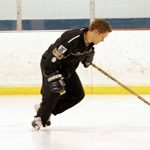
After pushing off, fully extend your pushing (left) leg and drag the first two or three inches of the left inside edge (called "the toe") on the ice for about two seconds. In order to drag the inside edge of the toe your left leg and skate must be turned outward. If they are turned straight downward you will be dragging the "tippy toe" of the skate, with the leg now in a walking-running position (a "no-no" for skating).
After dragging the toe, now drag the heel of the returning skate back under your body until that heel (left) touches the heel of the gliding (right) skate. Your feet should now be in a "V" position (heels touching, toes apart). If your knees are well bent, the shape between your thighs, knees and ankles will form a "diamond" shape. I call this recovery position the "V - diamond" position.
Repeat, now pushing the right leg to full extension. When the right leg reaches full extension drag the toe of that skate (in the turned out position) for two seconds before dragging that heel back to touch the heel of the gliding (left) skate. Your heels and legs should once again be in the V - diamond position.
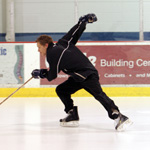
The purpose of dragging the toes and touching the heels is to enable you to feel the difference between correct and incorrect execution. It's much easier to feel the difference with your skates on the ice than when your skates are off the ice.
Repeat this drill until you can feel each motion and can distinguish between correct and incorrect execution at every step along the way. Now, try using the exact same technique while skating at half speed. The only differences are:
Now try skating faster and faster, always employing and practicing this same technique. At first your technique will deteriorate as you skate faster. Eventually, your goal is to skate with perfect technique regardless of how fast your legs are moving. Watch Pavel Bure, Paul Kariya and some of the other NHL speedsters - they are examples of near perfect technique.
What Is Parkour And How Parkour Teams Contribute To Movies, TV, Live Events
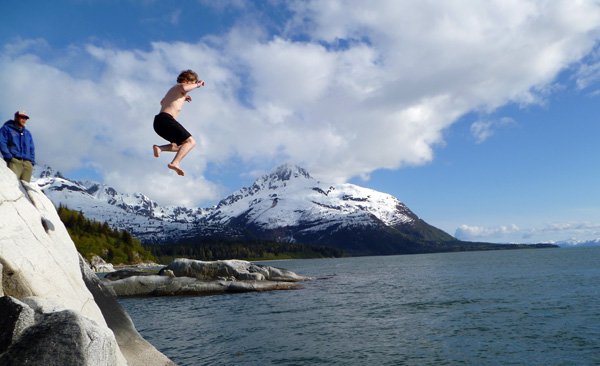
Options to Look When Looking For Fastpitch Bats
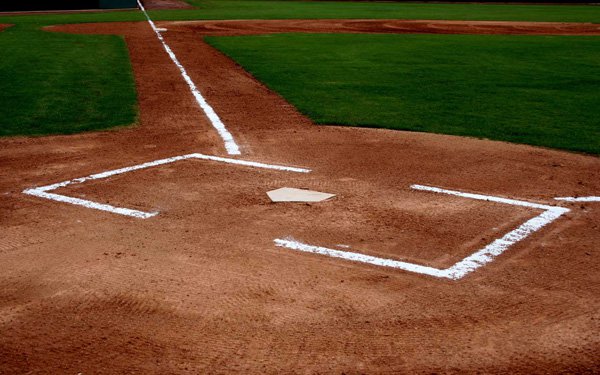
Ideal Kenyan Safari vacation at Tortilis Camp Amboseli
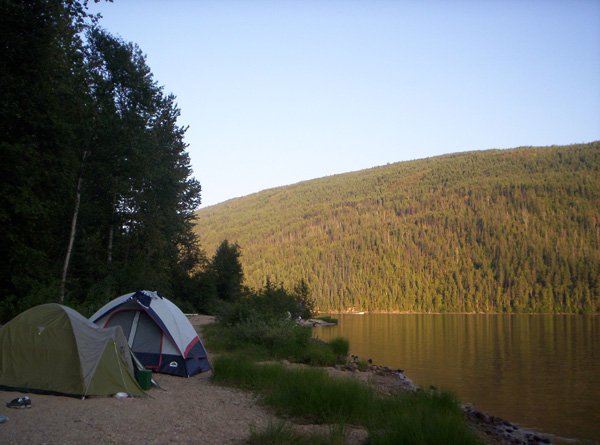
Copyright © www.mycheapnfljerseys.com Outdoor sports All Rights Reserved